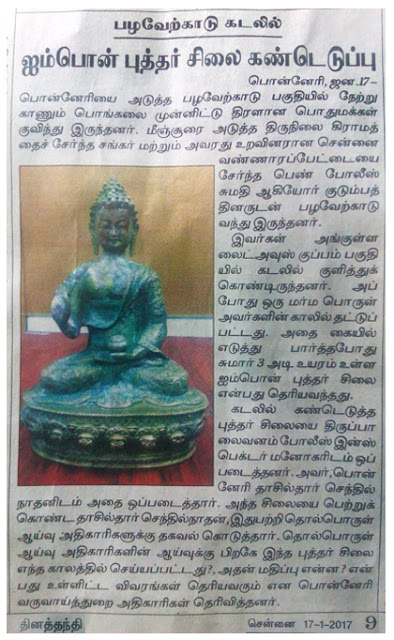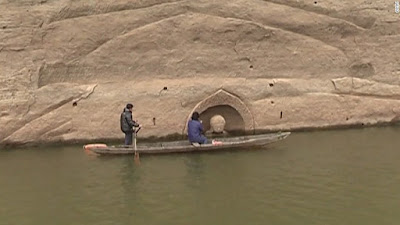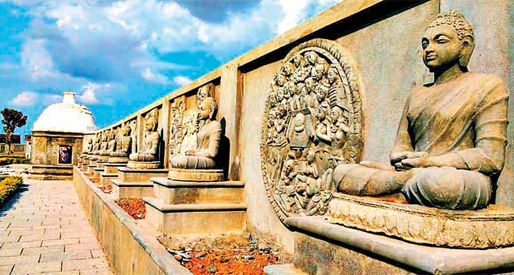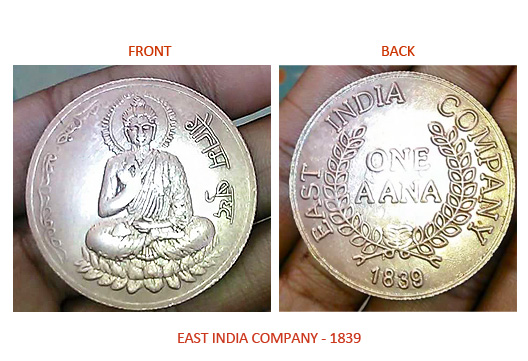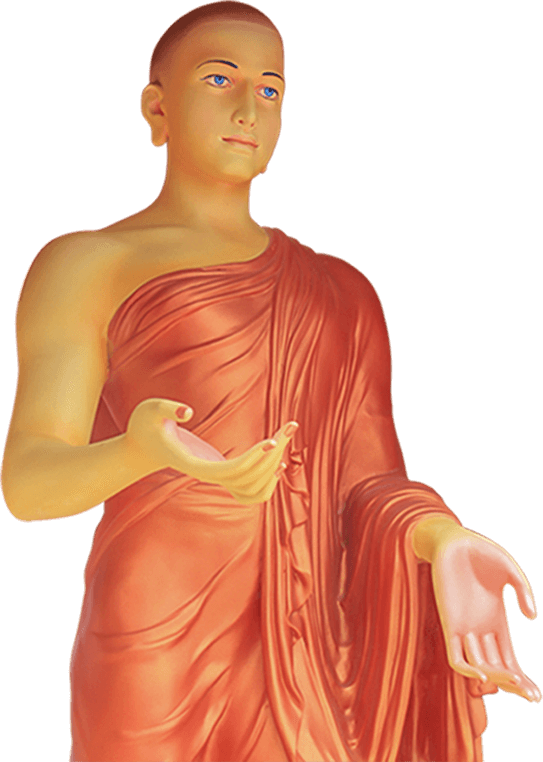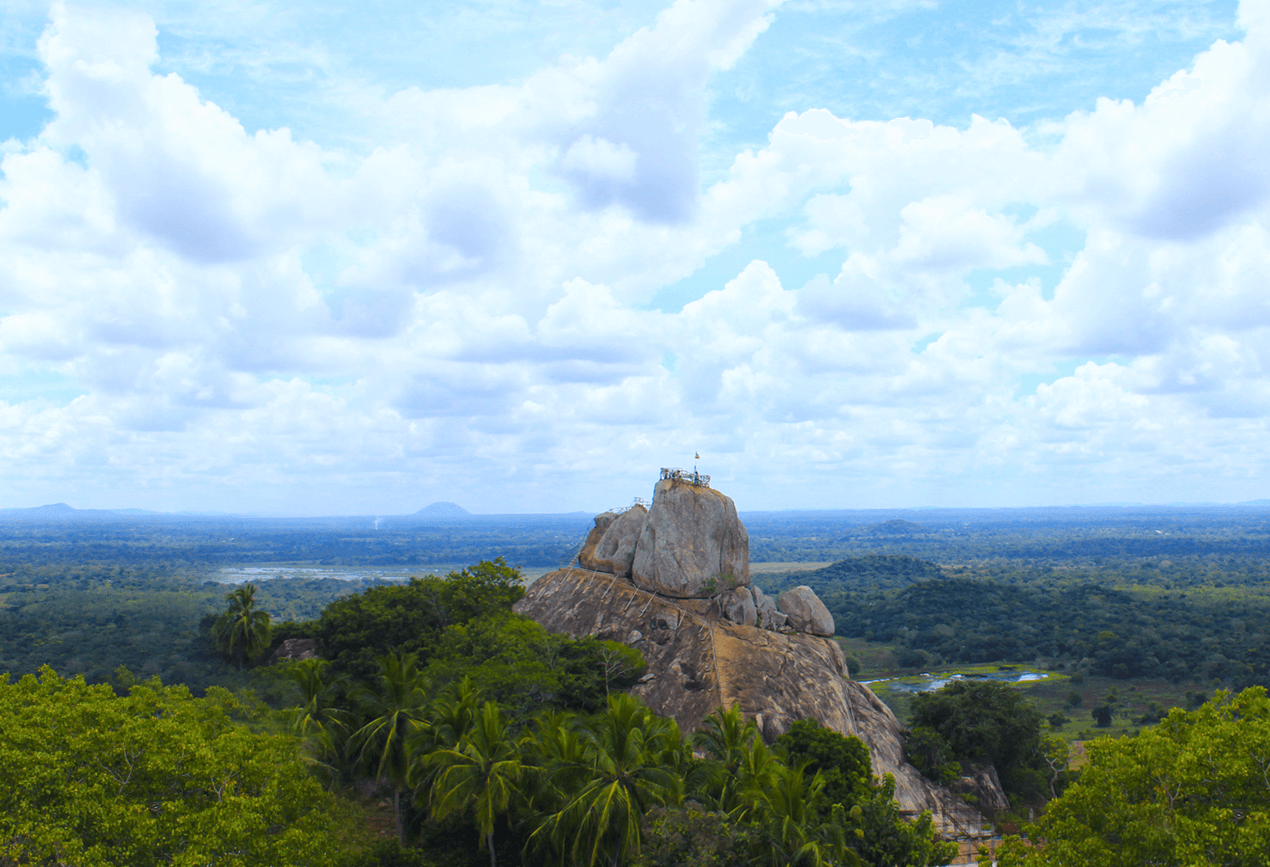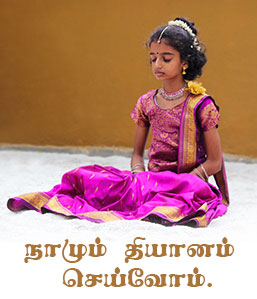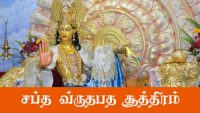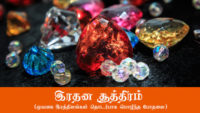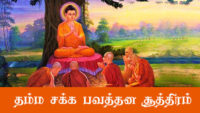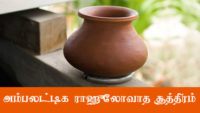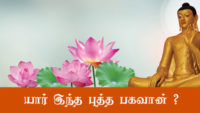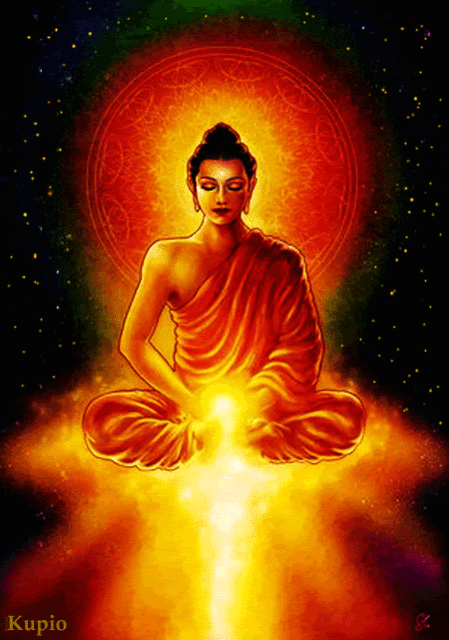by Sidharth Gautham Sunder: The
Tamil film 7 am arivu has evoked much interest about Bodhidharma. The
story of the film revolves around this Buddhist monk who preached
Buddhism, martial arts and medicine in China.
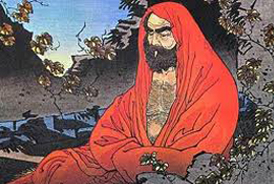 Bodhidharma
Bodhidharma
was a Tamil prince born in Kancheepuram, the Pallava capital in 440 AD.
After learning Buddhism, he travelled to China to spread the true
Buddhist way of life.
Buddhism – a school of thought in philosophy, as a religion was born
in Northern India but evolved and spread to Tamil Nadu and from there it
crossed the seas to Sri Lanka and Indonesia. In the 5th and 6th
centuries Buddhism thrived in Tamil Nadu.
When Bodhidharma landed in China as a Buddhist monk, he was invited
with honour to the court of Emperor Wu of the Liang dynasty. The
dialogue of Philosophy was a practice of many Tamil kings in those days.
We have history of Tamil Kings getting converted to another faith after
a convincing conversation with the god men. It happened in China too.
Bodhidharma too is known to have had a philosophical conversation with
Emperor Wu. Later on, Bodhidharma stayed in China and he is considered a
philosopher of Zen Buddhism and an expert who framed the rules for the
physical training of monks which transformed into martial arts in China.
The question is why he is unknown in his place of birth? If he was
born and brought up in Tamil Nadu and was practicing Buddhism here, what
happened to the ancient Buddhist religious establishments in
Kancheepuram? Why there is no Buddhist temple or monastery in
Kancheepuram?
We have to look back in History.
Buddhism disappeared from Kancheepuram to give way to indigenous
religious practices interwoven with vedic religions. In fact many
practices, customs and stories believed now in Hinduism are adopted from
Buddhism. We come to know about this from the book Bouthamum Thamizhum
by the research scholar Mylai Seeni Venkatasamy ( MSV) (1900 to 1980).
The book reveals some startling details. We share what we learn and the
facts inferred from this book briefly.
The following seven were adopted by the Hinduism from Buddhism
1.Hindu religion accepted Buddha as one avatar of Thirumal
2.The mini dheivams and village angels of buddhism were absorbed
3.The animal sacrifice was abandoned by caste Brahmin priests and
they converted themselves to vegetarian food for defending their
profession
4.The Bodhi tree worship of buddhism was accepted as it was popular among people
5. Maths were established following such practice by Buddhists
6.Adi Sankara adopted Soonyavadha of Buddhism to get Mayavadha
7.The Buddhist Jataka tales were also accepted
We need to know the following to understand how it happened in Tamil Nadu:
1.Originally there was Tamil religion in Tamil Nadu, where Maayon,
Seyon, Vendhan, Varunan were worshipped (refer Tholkappiam period dated
BC). The absence of other (later additions) gods of Hinduism in
Tholkappiam shows the practice of Tamil Religion in pre-Aryan age. In
Tholkappiam age and Sangam age, the arrival of Aryans and their rituals
can be spotted not on a mass following of a vedic religion but as
arrival of unorganized individual Aryans and their influence on Tamil
Society.
2. Buddhism came to Tamil Nadu and Sri Lanka during the rule of Asoka
in BC time. At the same time the other religions of Jainism, Vedic
Brahminism and Aasivaham came to Tamil Nadu and commenced their
philosophic fights and priestly contests and competitions to gain
popularity among the rulers and the people and to create assets for
their religions. We have references for all these religions in
Silappathiharam and Manimehalai which represent a later period than
Tholkappiam.
Initially Buddhism got popularity among people of Tamil Nadu as is
evident from reading Manimegalai. But Buddhism as a religion fell by
itself as the followers fought among themselves by divisions.
3.Jains replaced the Buddhists in Tamil Nadu. The Buddhist temples
were converted into Jain temples and the caves, where Buddhist monks
were living, were occupied by Jains. The Jains set a precedent of
capturing Buddhist temples which was followed by Vedic/Hindu priests.
4.When the Jains were powerful in Tamil Nadu among the followers
including the traders and ruling class (between about 500 AD to 900 AD),
the Vedic religion got mixed with the Tamil religious practices and
cults in Tamil Nadu, made compromises of accepting the gods and goddess
of Tamil Nadu, including festivals etc, organized itself into Saivism
and Vaishnavism by Bhakthi movements and began a fight against Jain
religion and succeeded (definitely not by following Ahimsa principle.)
While the Saiva and Vaishnava had to fight it out with Jains, as
ample evidences are available through Appar, Sambandar…., it seems that
it was easy to capture the Buddhist temples as they were already under
ruin for lack of patronage.
5. The Bhakthi Movement washed away, cleared, Jain and Buddhism from
entire India. Further it went on to propagate itself positively in the
South East Asian countries.
Regarding the temples the researcher says:
1. In Kumbakaonam Nageswaran thirumanjana veedhi, there was a
buddha statue called bagavarishi. The Nigandu says that Buddha was
called by the name Vinayaka. In later periods many Buddha temples were
converted as Vinayaka temples.
2. The Chinese traveller who visited Kancheepuram in 640 AD,
has recorded that Kanchi was having hundred Buddha temples and thousand
monks.
3. According to Ananatha nayinar (1932 ), in Kanchi
Kacheeswar temple Buddha images were found in the foundation base of the
gopuram. The lake on the west of the temple was called as Buththeri and
the street as Buththeriththeru. But when I visited that temple those
stones could not be identified. I could see Buddha images only in the
pillars.
4. I visited Pallavapuram near Kanchi on 15.7.1946. Nearby in
Kinikiluppai, a Buddha statue was found on the banks of a lake in the
same village, I could find the base of the Buddha statue very near the
Vinayaka temple. There was also a standing stone with Dharma Chakra.
They had constructed Vinayaka temple by demolishing Buddha temple.
Mylai Seeni Venkatasamy has collected many more information in his
book describing evidence of the existence of Buddha temples and the
conversion of those temples into Jain or Hindu temples.
………..Originally Kamatchi amman temple was a Buddhist temple.There
were many Buddha images in this temple. One of the images of Buddha, a 6
feet standing statue is now in the Chennai Museum. The statues of
Buddha found in the temple tank could not be found now. Once I myself
saw some other stone statues of Buddha in good condition in this temple.
Later I found the same images broken into pieces.. Now I could not
trace the same………
……….Manimehalai, Sambapathi, Tharadevi were the deivams
worshipped by Buddhists in Tamil Nadu. Later these goddess were taken
over by Hindus and renamed as Kali, Pidari and Throubathai. Researches
say that the Annapoorani amman in Kamatchi Amman temple is actually
Manimehalai, who attained Veeduperu at Kancheepuram and the Kamatchi
Amman temple is actually Tharadeviamman temple belonging to Buddhists.
Therefore it cannot be said that the wisdom of
Bodhidharma or Manimehalai are forgotten. They live in some other forms
or in some other names.














































































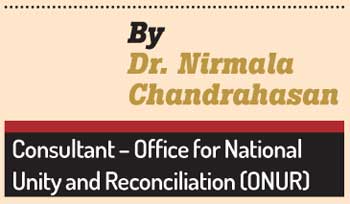 was
was